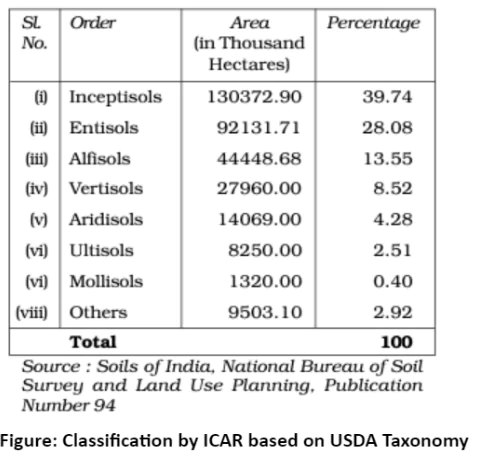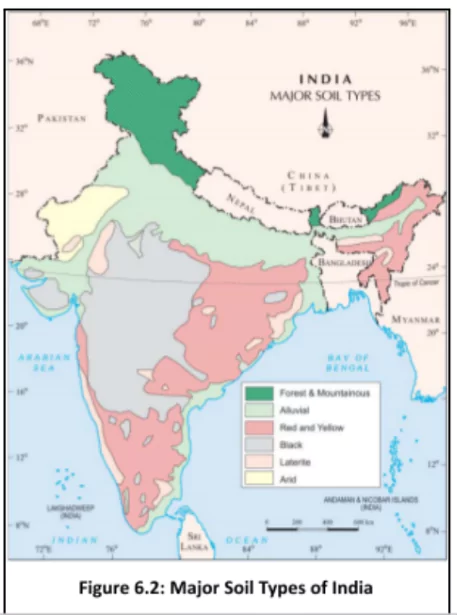![]() June 24, 2024
June 24, 2024
![]() 21580
21580
![]() 0
0
Soil comes in many types, each with its unique characteristics. From the fertile alluvial soils of the plains to the deep black expanses of the Deccan Plateau, India’s soil diversity is vast and vital for agriculture. Understanding these soils helps us make better decisions for farming and environmental conservation.


| Must Read | |
| Current Affairs | Editorial Analysis |
| Upsc Notes | Upsc Blogs |
| NCERT Notes | Free Main Answer Writing |
India’s soil diversity plays a crucial role in agriculture and ecosystem health. Protecting and managing these soils is essential for sustainable farming and preserving the environment. By appreciating the unique characteristics of each soil type, we can work towards a greener and more productive future.
| Related Articles | |
| Soil Formation: Key Factors, Climate, Evolution | The Ganga River System: Exploring India’s Waterways |
| Temperature Distribution: Factors and Impact | AGRICULTURE |
<div class="new-fform">
</div>
Latest Comments